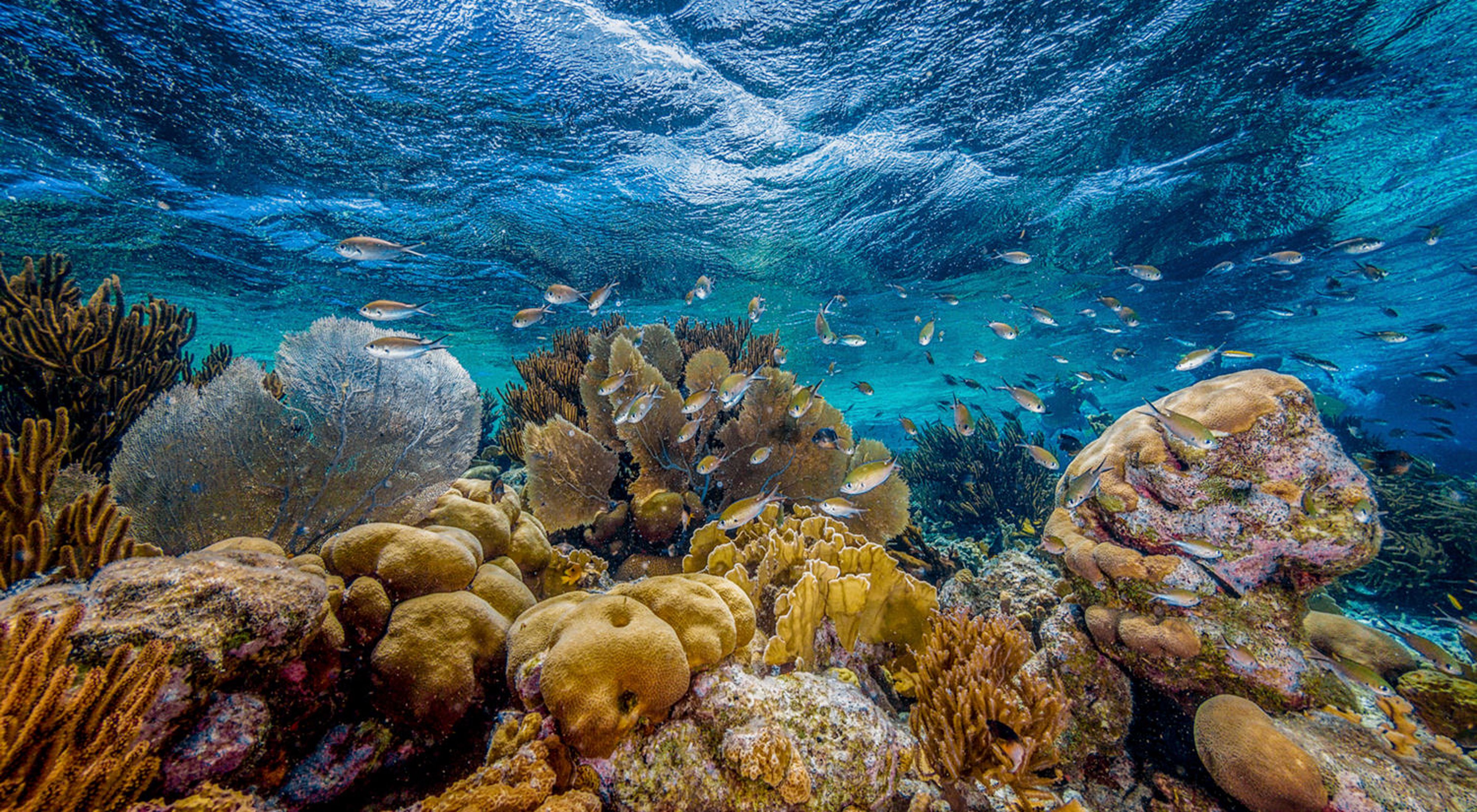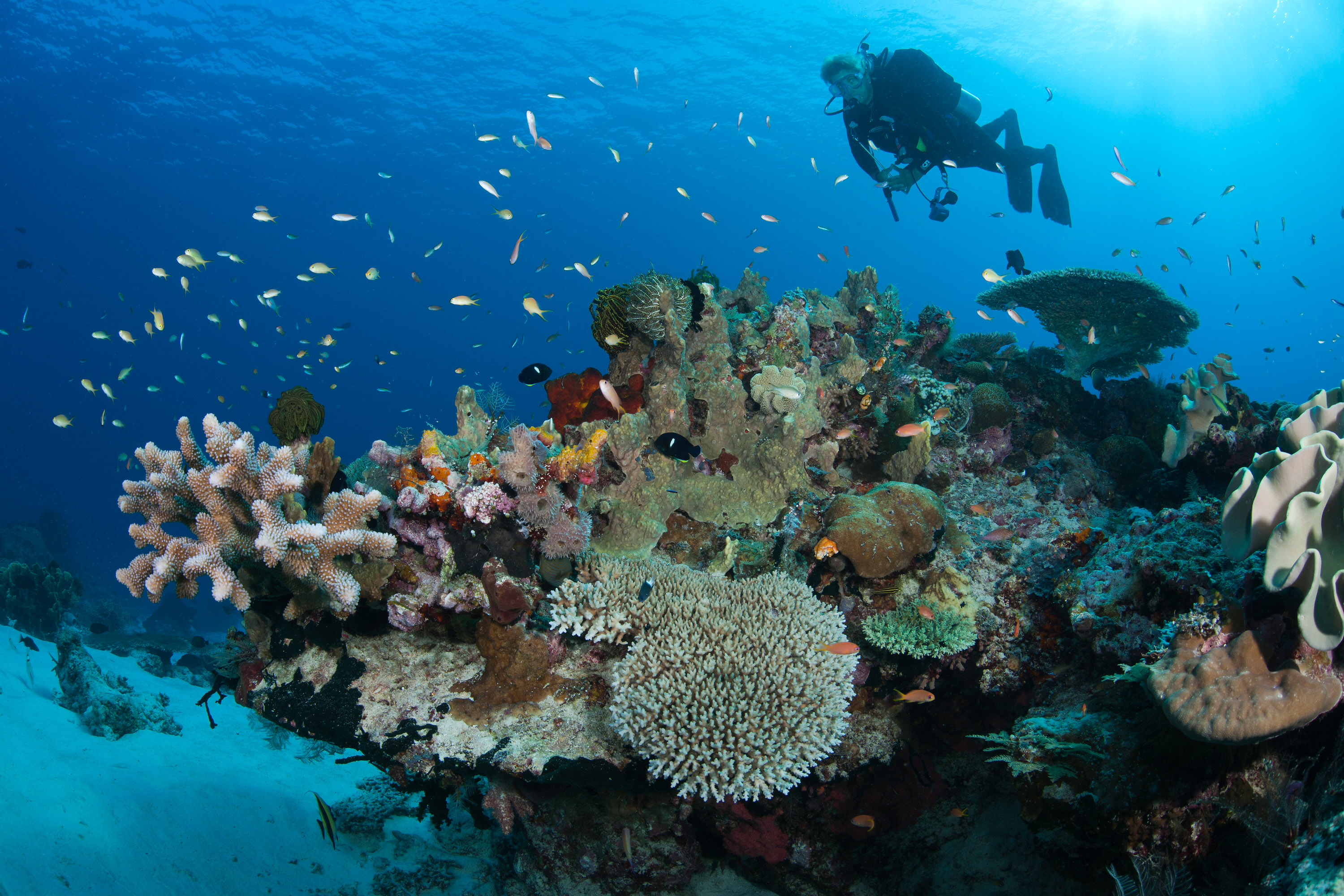Investing in the Future of Coral Reefs
SHEBA® Unveils Hope Reef to Inspire Positive Change
Hidden beneath the surface of the sea, coral reefs are among the richest ecosystems on Earth and supply communities around the world with food, livelihoods and protection against environmental threats. Coral reefs benefit approximately 500 million people worldwide each day and provide habitat for 25% of all marine species. But coral reefs are also one of the most threatened marine systems on the planet.
TNC and SHEBA® brand
The Nature Conservancy and SHEBA® brand are joining forces to protect and restore the long-term health of coral reef ecosystems. The brand has created The Channel that Grows Coral where every video viewed on the channel will result in a donation to TNC to support its coral reef restoration initiatives. This is the first time that 100% of the funds from a YouTube channel have been monetized to support sustainability efforts.
Watch the SHEBA® HOPE GROWS™ videos (and the ads!) to help fund TNC's coral restoration:
Restoring Coral at Hope Reef
SHEBA® brand is furthering years of work by its parent company, Mars, on restoration initiatives, including the Hope Reef, the start of the world’s largest restored coral reefs, located off the coast of Sulawesi in Indonesia.

The reef, which can be seen on Google Earth, is built to visibly spell out the word HOPE from the seabed using restored coral. The Hope Reef story, "The Film That Grows Coral," is also featured on the channel. By the end of 2029, SHEBA® hopes to restore nearly two million feet of coral reef sites around the world.
Coral Reefs Need Help Now
Coral reefs are one of the most threatened marine systems. Scientists estimate that unless we take immediate action, we could lose up to 70 percent of coral reefs by 2050.
More Coral Content
Click here to learn more about TNC’s coral restoration efforts, or read the articles below:
-
Ray of Hope
After years of widespread coral die-offs, teams of marine scientists in Florida are learning how we may be able to replant reefs. Learn More About Replanting Reefs
-

Caribbean Marine Maps
The Nature Conservancy and partners, using innovative technologies, developed these maps to advance ocean conservation and climate adaptation for the 44 million people who call the Caribbean home. Learn More About Caribbean Marine Maps



